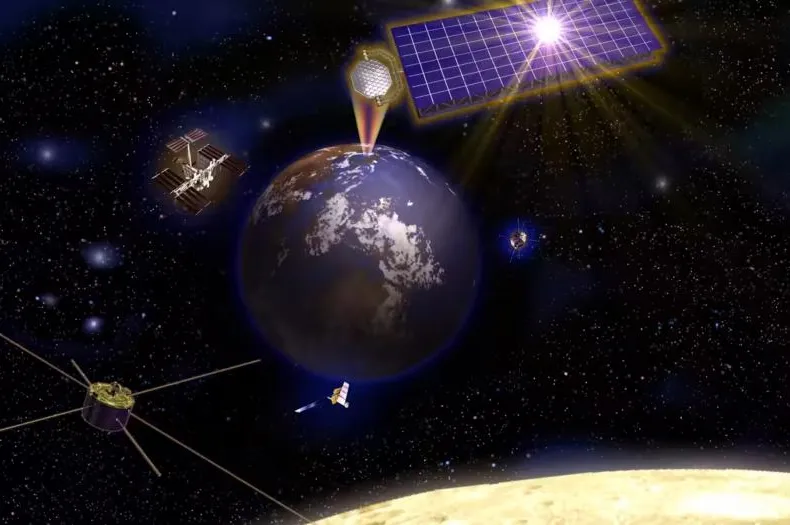Japan is trying to send solar energy from space by 2025
Japan and the country’s space agency JAXA have spent decades trying to make solar energy available from space. In 2015, the country made a breakthrough when JAXA researchers sent 1.8 kilowatts of energy, enough to power a kettle, from a radio receiver over 50 meters away. And now Japan is preparing to bring the technology one step closer to reality.
Nikkei reports that a Japanese public-private partnership is trying to send solar energy from space as early as 2025. The project, led by Naoki Shinohara, a professor at Kyoto University who has been working on space solar energy since 2009, is trying to deploy. a series of small satellites in orbit. Then they try to send the solar energy collected by the teams to ground stations hundreds of kilometers away.
The use of orbital solar panels and microwaves to send energy to Earth was first proposed in 1968. Since then, a few countries, including China and the United States, have spent time and money making the idea a reality. This technology is attractive because orbital solar panels represent an unlimited renewable energy source. In space, solar panels can collect energy regardless of the time of day, and by using microwaves to radiate the generated energy, the clouds are not a concern either. Even if Japan succeeds in deploying an array of rotating solar panels, the technology is still closer to science fiction than fact. That’s because it would cost about $7 billion to build a system producing 1 gigawatt of power—or roughly one nuclear reactor—with currently available technologies.




